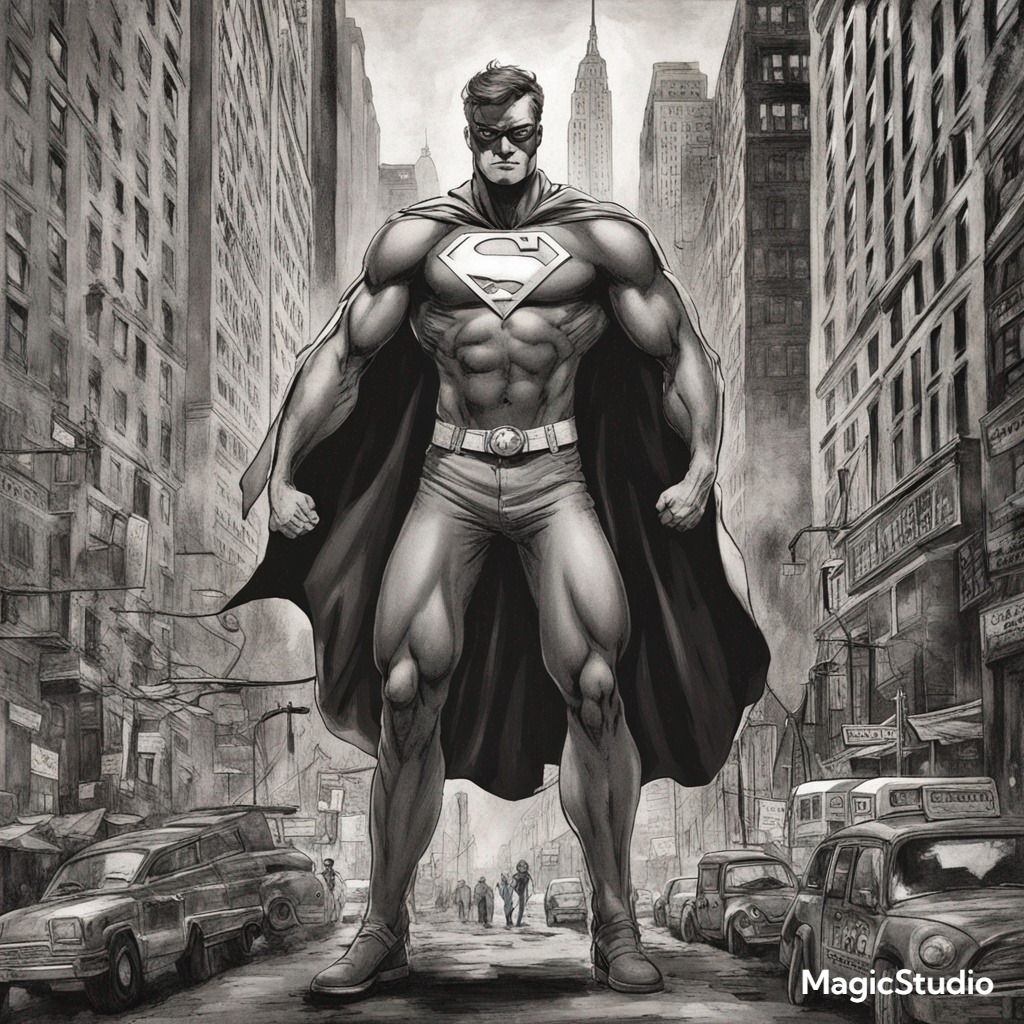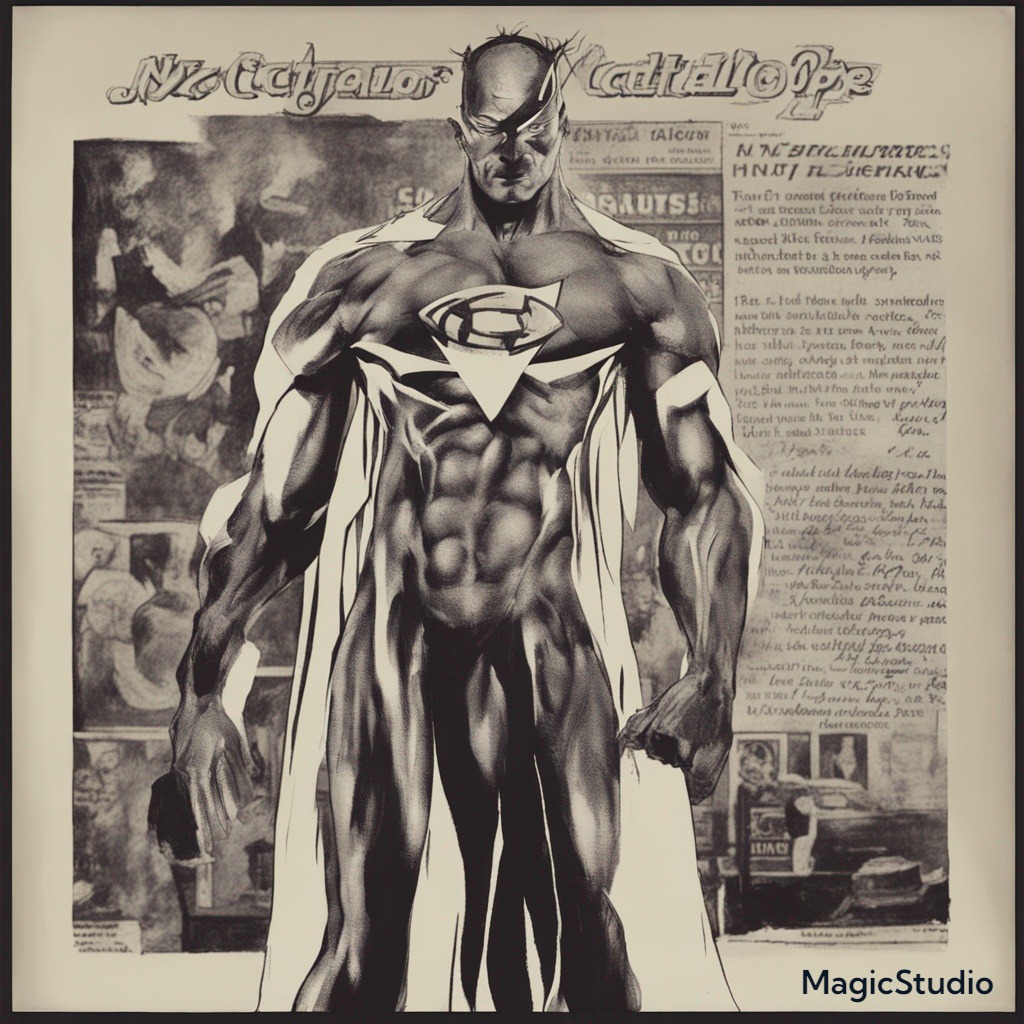Chapter 1: What is Nyctalope?
The word nyctalope is derived from the Greek root words “nyx,” meaning night, and “alops,” which means fox-an expression that results in the “fox of the night,” an animal having spectacular night vision. Nyctalopy, in human terms, refers to the ability to see well even under low light conditions or even total darkness which is more characteristic of animals such as owls and cats. Of course, in fiction or folklore, the term is commonly used, but there is also an intriguing scientific basis for this.
In the biological context, nyctalopy could be an extremely rare or exceptional adaptation. Although by nature, man does not possess night vision, which various animals are blessed with, it is encountered to occur several times when people possess higher sensitiveness toward light or better eyesight under low-light exposure. This condition is often referred to as nyctalopy in literary and speculative fiction as humans gaining increased perception during nighttime conditions, wherein their vision is much better than that of any ordinary human being.
But how does it work in the real world, and can humans really develop or enhance this capability?
Chapter 2: The Science of Night Vision
To truly understand what a nyctalope is, one has to learn how night vision actually works in animals and, most importantly, how it may be possible for humans to enhance their vision when light is weak.
- The Human Eye and Night Vision
The eye works through very intricate biological processes, which depend on light input into the eye to be processed by the retina and sent to the brain for interpretation. These cells are rod cells and cone cells in the retina, which play fundamental roles in how we see.
- Rod cells are sensitive to light and highly important for detecting things in dim lighting. However, even though rod cells are extremely sensitive to light, they are not very adept at distinguishing between colors and thus provide mainly black-and-white vision under dim-lighting.
–Cone cells see color and finer detail of sight but work best under bright lighting.
In normal humans, the rod cells in the retina enable some form of night vision, but only with certain limitations. The human eyes are not prepared for any significant usage in low light and requires an enormous amount of time for human eyes to adjust to darkness once it has been exposed to bright light. This is known as dark adaptation. The time for dark adaptation can vary from 20 to 30 minutes.
2.How Animals Have Developed Night Vision
On the other hand, many animals have evolved much better night vision than humans. Animals, including cats, owls, and even certain species of bats, have been observed to have developed large quantities of rod cells in their retinas that permit them to see under quite dim light conditions. Another way animals have achieved night vision is with a reflectory layer located just behind the retina. This layer is called the tapetum lucidum. This will reflect the light back through the retina, giving the rod cells a third chance to capture it, giving them a much better view in low light.
The human eye may not have many rod cells or a tapetum lucidum, but then again there is always hope that with technological developments and conceivable biological modifications, night vision could be made better or artificially created in humans.

Chapter 3: The Myth and Fiction of Nyctalopes
Nyctalopes are the staple characters for quite a long period within the science fiction and fantasy fields of literature. They are usually those people with supernatural or superhuman powers. And these night-visioned fellows are sometimes portrayed to possess abilities much more superior than the human, navigating through darkness with efficient precision. Whilst a night vision ability in a human is probably fantasy now, it’s interesting to see how this aspect has been conceptualized and how close humans have gotten to achieving such capabilities.
- Nyctalopes in Literature
In science fiction, especially in literature, nyctalopes usually appear as characters who are not only enabled to see in the dark but, in a way, can perceive the world in a way that is impossible for ordinary human beings. Salient examples of such a concept include
- “The Night-Land” by William Hope Hodgson: A very early instance of a nyctalope-like protagonist occurs in this Hodgson book, who writes about a far-off future wherein a people retreat into an enormous pyramid-like fortress to shield themselves from monstrous creatures that come at night. The heroic, in this story, can see by his exceptional means in the darkness.
- “The Nightwatch“: One of the most typical superhero stories is the power for night vision to be enhanced. Sometimes, superheroes see really well in darkness, and the idea of that creates a lot of mystery and dark atmosphere in many comic books in which there is usage of heroes such as Batman who use darkness as a shelter.
- Nyctalopes in Pop Culture
Nyctalopes are not only to be seen in old literature but also to play a very important role in the modern world of pop culture. It is possible to move and maneuver in the dark with heightened senses, which has often been characteristic of the protagonists of films, in TV shows, and in games-for example, Nightcrawler from the X-Men series or Blade. These fictional characters have paved the way for a continued fascination with the concept of night vision, which blurs the possibilities between what can biologically be accomplished and what could someday become feasible.
Chapter 4: The Science of Super Human Eye-Sight in the Real World
Just as the idea is fiction and mythology, real science has led to many incredible advances into enhancing human nighttime vision. And it is for these advances in biology and technology that human beings may be closer than ever to “seeing in the dark” like modern nyctalopes.
- Dark Adaptation and Training
Some researchers and optometrists discovered how individuals could improve their ability to view at night, namely through dark adaptation training. The technique could be applied by exposing the eyes to lesser amounts of light for a more extended time and encouraging people to move within dark environments over time, then would improve the efficiency of rod cells. But this is a slow process as well, and it is somewhat impractical due to the limitations imposed by the human anatomy. - The Role of Technology
The biggest revolutionary innovation in the concept of night vision is night-vision technology. In fact, night-vision goggles and infrared cameras have changed the way we view darkness. These devices work by capturing infrared light-not visible to the human eye-and converting it into a visible image. Night vision has entered military, police, and security jobs, but night vision has much to offer in medical applications and in everyday life.
3.Biological Augmentations and Genetic Engineering
Some scientists are currently investigating ways of enhancing human vision by genetic means in order to increase humans’ ability at night. One could increase the number of rod cells in human retina, or introduce genes from cats, or owls whose vision is known to be significantly greater during night hours. Scientists have already begun to perform gene therapy in order to enhance biological activities to a point where man could see more clearly in dim light.
While still very much under development, what such genetic breakthroughs may come to mean is the way one perceives the world in the future.
4.Biomedical Research into Human Vision
Advanced biomedical science research has also found ways to improve human vision using biomaterials and nanotechnology. Examples of biomaterials currently under development include contact lenses and implants that could theoretically allow humans to see in low light. This also encompasses the retinal implant that has been experimented on some patients suffering from loss of vision. All these developments provide a proof that, though the human night vision might not be something in-born, it is something humankind strives to achieve.
Nyctalopes: Future Perspectives
The last chapter deals with the prospects for nyctalopes in the future. This deals with the potential research in the field that would unlock ways through which the optical instruments would be able to capture images at night.
Undoubtedly the future of nyctalopy is inextricably linked with ongoing activities in biomedical science, genetic engineering, and technology. It is very much within the realm of possibility that in decades to come, that gulf between human potential and the fictional night-seeing characters could blur even further.
- The World Where Nyctalopes Do Exist
Imagine a world where night vision is almost as much part of some human biology as, say, having two arms. Generations of advance genetic engineering may unlock the code to create humans with extraordinary night vision abilities. They will see in absence of any of the night vision tools we are developing today just as the animals have gained a place in almost permanently dark spaces through evolution. It might just make security companies more effective, help in exploration, and change the route of space travel.
- Medical and Safety Applications of Night Vision
There may be a number of applications for enhanced night vision, especially in medicine. Doctors would find it very useful to perform surgeries or work in emergency situations in areas with scarce lighting if they had improved vision. Public safety officers, soldiers, and rescue personnel, generally would be able to perform dangerous maneuvers and respond to high-risk situations much better with enhanced night vision.
- Ethical Implications
The ethical problems involved with advanced human night vision will mirror any other technological or biological progress. This could range from access and societal divides to possible abuses. How do you control these, and how does it change what it means to be human?



